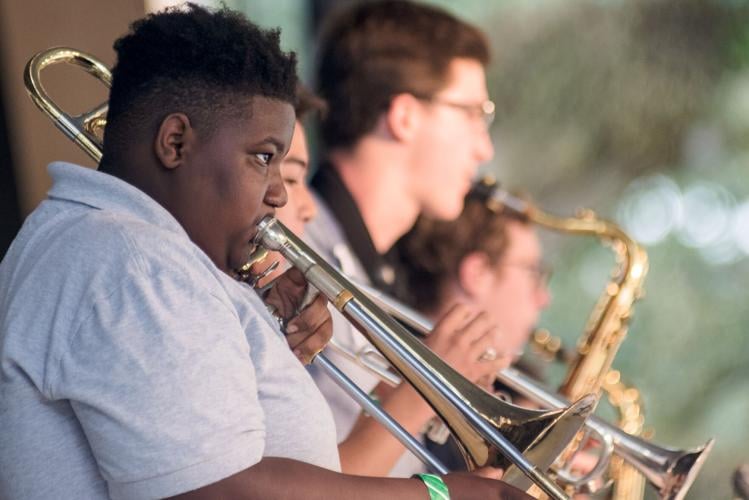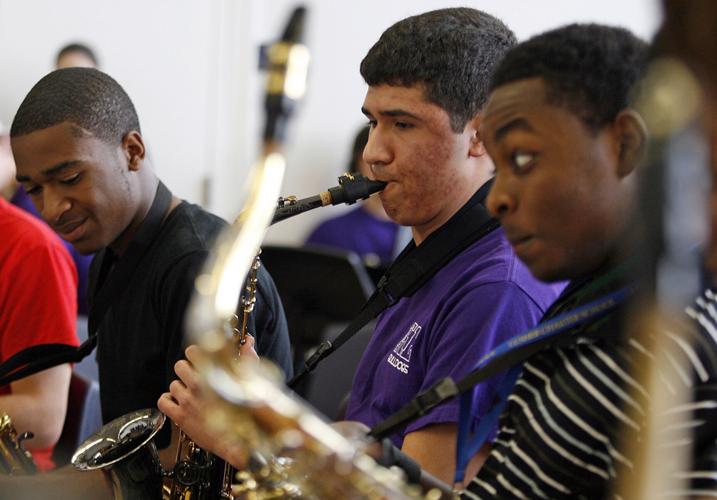In New Orleans, a city known for jazz, there has been a longstanding policy aimed at keeping the soulful music out schools. While little known and widely ignored, the official ban stood for a century.
Fortunately, that's now changed.
Music is a central part of Louisiana's culture — and a source of much communal joy. But in 1922, when a concerned school board member reported instances of "rough dancing" in auditoriums and another chimed in that the little of jazz he'd seen "was awful," the board voted to ban jazz music and dancing in schools (apparently waltzing was deemed acceptable).
The policy came to the current board's attention via Ken Ducote, executive director of the Greater New Orleans Collaborative of Charter Schools, who read about it in a book by Al Kennedy, "Chord Changes on the Chalkboard: How Public School Teachers Shaped Jazz and the Music of New Orleans."
It's good that few bothered to follow it. As Kennedy's title suggests, public schools in New Orleans nurtured generations of musicians who studied, taught and thrived there.
Jazz greats Louis Armstrong, Pete Fountain, Louis Prima and Ellis Marsalis Jr. attended New Orleans public schools back in the day. The late Yvonne Busch, who toured the nation with the International Sweethearts of Rhythm, taught R&B star James "Sugarboy" Crawford, bandleader Porgy Jones, saxophonist James Rivers, and drummer Herlin Riley in the school system.
Music instruction and band participation have also enriched the lives of countless students who pursued unrelated vocations.
Today's school officials rightfully point to the ban's racist connections, and say it was intended to separate city schoolchildren from African Americans who played jazz. A school board committee considered the policy Tuesday, and on Thursday, the full board voted unanimously to consign it to history.
That's exactly where it belongs.



